6th Airborne Division:
How effective was its contribution to the success of the D-Day landings in Normandy 1944?
Malcolm A. Clough
D-Day Tours of Normandy
A dissertation, posted in seven parts (plus appendices)
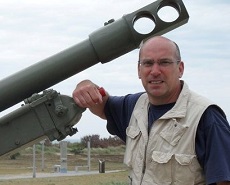
Part 1: Introduction
Part 2: The Development of British Airborne Forces
Part 3: The Arms and Equipment of British Airborne Forces
Part 4: The Importance of Fire Support provided to 6th Airborne
Part 5: Planning and preparation for D-Day
Part 6: The Actions and Outcomes of 6th Airborne’s Operations
Part 7: Conclusions
.
.
Part 2: The Development of British Airborne Forces
6th Airborne Division:
How effective was its contribution to the success of the D-Day landings in Normandy 1944?
Malcolm A. Clough
Apart from a rather far-fetched French plan to carry Napoleon’s troops across the English Channel by balloon (Weeks, 1982: 11) the first practical proposal for the use of airborne troops was conceived by Brigadier General William Mitchell, United States Army in 1918. Mitchell proposed to break the deadlock of the trenches by using 10,000 airborne troops (Weeks, 1982: 15) to leapfrog over the German army in the Argonne to capture the town of Metz and destroy an important rail link. However according to Lucas (1988:8) ‘the complexities of such unique operations would take six months to plan, organize (sic) and equip.’ the plan was shelved by the Allied High Command. The plan is described by Weeks (1982:12) as ‘a significant idea…This suggestion was the first real milestone in airborne history.’ Mitchell had demonstrated that the possibilities of airborne warfare were becoming practicalities.
Airborne warfare only began in earnest with the advent of the 2nd World War. German successes in Norway and the West caused great alarm, particularly the daring glider assault on the fortress of Eban-Emael and the Maas bridges. ‘In May 1940 there was no doubt that the airborne arm had come to stay, and it had come in a frightening way. In England there was near panic at the thought of thousands of German parachutists dropping at any place in the country’ (Weeks, 1982:24)
Churchill’s memo 6th June 1940 expressed his desire to counter attack the enemy in a “vigorous, enterprising and ceaseless offensive against the German-occupied coastline” On 22nd June he called for ‘a corps of at least five thousand parachute troops’ (Thompson, 1989: 1) capable of carrying out this offensive spirit.
Progress was slow until the German invasion of Crete in May 1941 which ‘gave a spurt of almost panic proportions’ (Weeks,1982 :24) Crete demonstrated that an airborne force could not only act as a raiding force but could stage and win a complete campaign. ‘By so doing it set in motion the necessary forces to produce the massive allied Airborne striking power of 1944 and 45’ (Crookenden, 1976: 16)
On 27th May 1942 a furious Churchill wrote to the Chiefs of Staff ‘We ought to have 5,000 parachutists and an airborne division on the German model…A whole year has been lost’ (Gregory and Batchelor, 1979:20)
Major-General Richard “Windy” Gale, GOC 6th Airborne Division
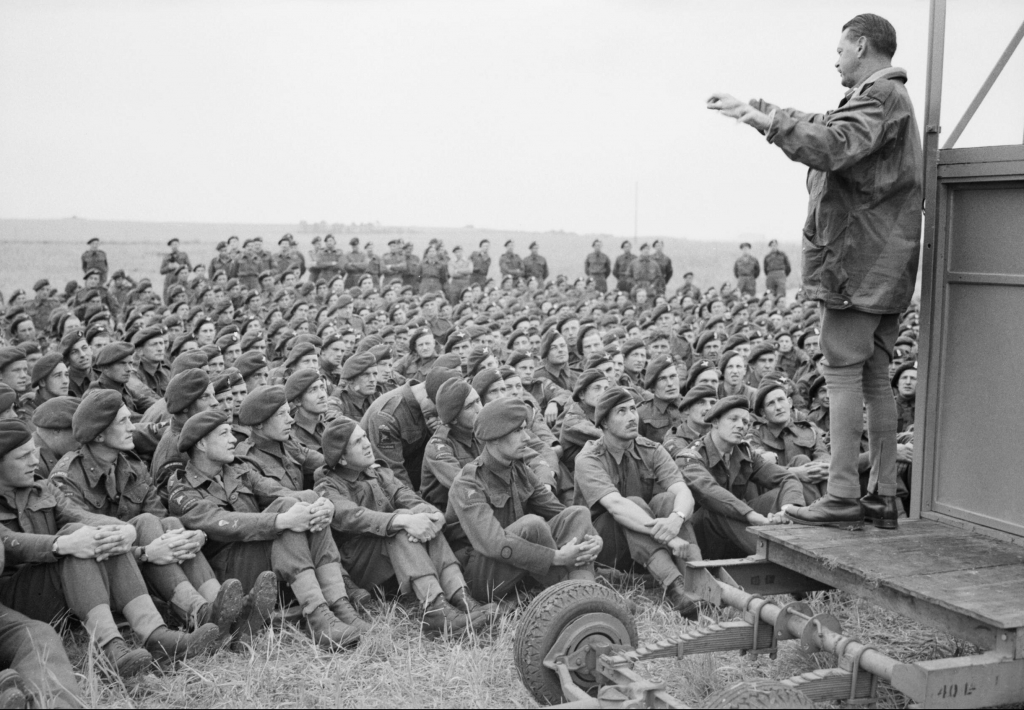
Major-General Richard Gale, GOC 6th Airborne Division, addresses his men, 4 – 5 June 1944 in advance of Operation Tonga.
6th Airborne evolved from experience gained during the formation of early British airborne forces which relied upon copying and improvisation with no precedents to guide them except German ones ‘Since there was no airborne past from which to draw lessons, everything – from specialist weapons and equipment to doctrine-had to be made up as they went along’ (Clark, 2004:20). Nevertheless throughout 1941 the airborne forces were tested and expanded, adding new Parachute and Airlanding brigades with support from parachute trained sappers, gunners and medics from the Royal Engineers, Royal Artillery and the Royal Army Medical Corps respectively.
1st Airborne Division under the command of Major General Browning came into being in November 1941. Experience gained in combat during the North African and Sicily campaigns was invaluable. ‘This experience was crucial for the planners, commanders officers and men for the operations that were to come’ (Clarke, 2004:22)
Following the Casablanca conference of January 1943, where Churchill and Roosevelt proposed allied offensives in the Mediterranean and North West Europe, the British Chief of the Imperial General Staff decided that it would be necessary to have an airborne division based in the United Kingdom for operations in Europe to supplement 1st Airborne Division in North Africa. 6th Airborne was raised on 23rd April 1943 to be commanded by the newly promoted Major General Richard Gale who along with General Browning had formed 1st Parachute Brigade in 1941. ‘Having commanded the 1st Parachute Brigade and having spent the last year in the War Office Directorate of Air he knew all there was to know about Airborne Forces up till now’ (Crookenden,1976:51) Although Gale was one of the most experienced officers amongst the newly formed British airborne forces, Clark (2004:19) describes the problems he faced. ‘Airborne warfare was still a relatively new fighting concept for the British Army in 1944, as it was to most countries at the time’.
7 June 1944. D-Day +1.
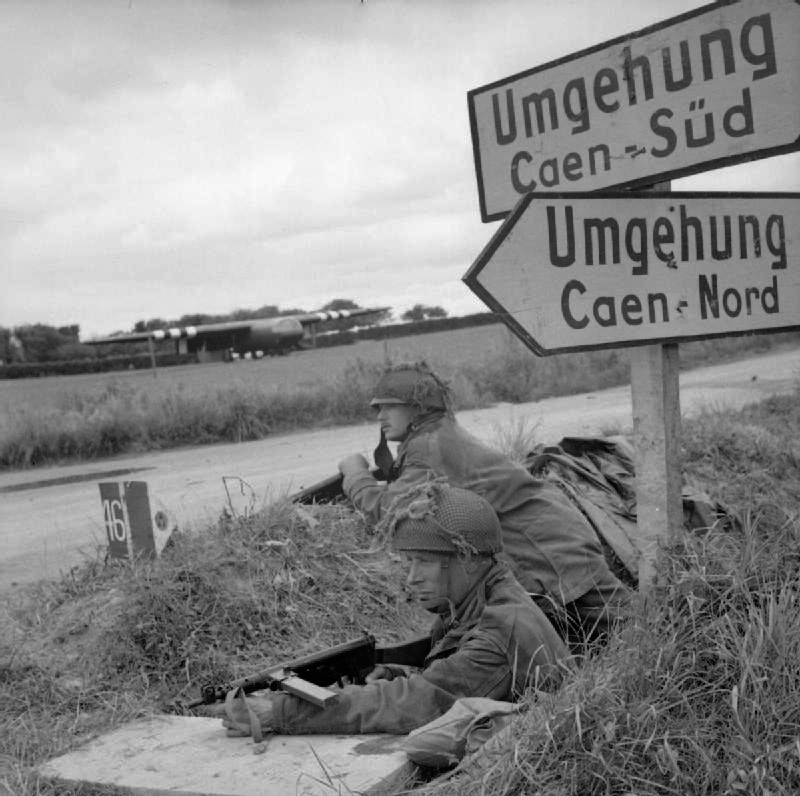
Lance Corporals A.Burton and L.Barnett of 6th Airborne Division guarding a road junction near Ranville, 7 June 1944. Each is armed with a Mk V Sten submachine gun. Horsa gliders can be seen in the background.
Gale was given a year to train and prepare his division for the invasion. He embarked on an intense and ceaseless training programme intelligently anticipating the tasks which might lie ahead. According to Crookenden (1976:51) he succeeded ‘in welding together the diverse elements…into one of the happiest and close knit divisions of the British Army.’
Airborne forces were considered to be among the elite of the Allied and Axis armies. One of the cornerstones of such a force was the quality and calibre of the men.
A paratrooper was expected to display ‘great strength and stamina, along with fitness, determination, behaviour under stress, team spirit and aggressiveness,’ (Castle Home Video, 1999) The airborne divisions may be required to fight isolated and alone, the men of the division had to be capable of fighting and surviving against larger and more heavily armed enemy formations. What a paratrooper lacked in armour and fire power he had to make up in physical fitness, offensive spirit and great tenacity. ’The parachutists need the will to overcome the opposition even when faced with vastly superior odds; and the endurance to carry on and continue to fight to the bitter end’ (Gray, http://theairbo.htm). It is a mixture of these qualities and skills which creates a soldier who is mentally and physically robust and therefore able to handle stress in all its forms.
The intense training was considered vital to the survival of the airborne forces. To build up the necessary physical and mental endurance every man was expected to be able to complete a 50 mile route march in 24hrs. Lt Colonel James Hill, commanding 9th Parachute battalion placed great emphasis on both physical and mental endurance. He required his men to work a six and a half day week ‘Everything was done at speed…this was necessary because when the men went into battle, they would be carrying all of the Battalion’s equipment…and would be facing numerically superior and more heavily armed opponents’ (Barber, 2002:16)
Besides the rigorous physical training, Gale required his men to practice street fighting, fighting in wooded areas and fighting at night, all of these were tasks he rightly anticipated, his men would be required to perform during the invasion. Major John Howard commanding D Company 2nd Ox and Bucks also placed emphasis on night fighting. ‘Howard set out to make D Company into a first class fighting unit…he reckoned that once in combat, his troops would be spending a good deal of time fighting at night’ (Ambrose, 1985:42)
Through the rigorous three stage training programme of fitness, parachuting and battle craft General Gale, described by Thompson (1989:128) as a ‘soldier’s general and a gifted trainer of troops’, built up an atmosphere of total self confidence among his men who took real pride in the ‘Airborne family.’ Gale inspired his men to live up to the motto of the division ‘Go to it!’ He carefully explained his training policy to all ranks. Each officer and man knew the reason for every exercise he was called upon to do. Lt Colonel Pine-Coffin commanding 7th Parachute Battalion wrote in his diary ‘There was a life and energy about every phase of life. Everyone put all they knew into everything they did…and as a result a splendid spirit of comradeship developed automatically throughout the division.’ (Maddox, 2003:8)
The red beret and the Pegasus sign captured the men’s imagination and affection. Even General Montgomery incurred their disapproval when he gave an informal talk to 6th Airborne in March 1944 ‘The fact that he wore the (red) beret…to which he was not strictly entitled annoyed many of the fiercely proud airborne soldiers’ (Clark,2004:20)
To meet the requirements for two airborne divisions in the European theatre, airborne forces were expanded rapidly. To create 6th Airborne Division, two new parachute brigades and one Airlanding brigade were required. The existing 3rd Parachute Brigade was reinforced by infantry battalions from the regular army which were converted wholesale to the parachuting role. Thus the 10th Battalion Somerset Light Infantry became 7th (Light Infantry) Battalion the Parachute Regiment; 13th Royal Warwickshire Regiment became the 8th (Midland Counties) Battalion and 10th Essex became 9th (Eastern and Home Counties) Battalion. All the officers and men were required to pass the rigorous training course and those that did (usually about 130-160) formed the nucleus of the new battalions (Crookende, 1974:50). According to Lt.Colonel Pine-Coffin, this was an excellent idea ‘no time had to be spent in setting up the machinery of administration, thus avoiding many of the problems which had hampered the early days of the 1st Parachute Brigade’ (Maddox, 2003:5)
5th Parachute Brigade was a new formation to be commanded by Brigadier Nigel Poett, a regular officer from the Durham Light Infantry. Like General Gale, Poett was a large man who led his brigade with the greatest care and could be relied upon ‘to appear among his forward troops whenever things looked ugly’ (Crookenden, 1976:53). Two new parachute battalions were created, the 12th (Yorkshire) and 13th (Lancashire), raised from the 10th Green Howards and 2/4 South Lancashire Regiments. To add experience to the new brigade Poett requested he be given one established Parachute Battalion. General Gale agreed and 7th Battalion was transferred from 3rd Parachute Brigade to be replaced by the Canadian Parachute Battalion. If Brigadier Hill was disappointed to lose 7th Battalion, he was delighted to have the Canadians ‘they were full of vitality, joie-de-vivre and élan. I knew very well that for the first 48 hours every chap would be trying to win a VC’ (Thompson, 1989:133)
The third infantry brigade in 6th Airborne was the 6th Airlanding Brigade, commanded by Brigadier Hugh Kindersley who at the age of 44 had qualified as a glider pilot and a parachutist. Kindersley’s style of leadership and experience of dealing with people of all levels allowed his subordinates to get on with their commands ‘but whenever difficulties arose in or out of battle he was there to sort them out’ (Crookenden, 1976:55). The two senior battalions of the brigade, the 2nd Battalion Oxfordshire and Buckinghamshire Light Infantry and 1st Battalion Royal Ulster Rifles were veterans of 1st Airlanding Brigade, while the junior battalion the 12th Devonshire Regiment was a completely new formation converted to the Airlanding role after combat experience in Sicily taught the airborne commanders that a glider brigade of just two battalions was too weak and inflexible for battle.
The airlanding battalions were quite different from the parachute brigades. The Ox and Bucks were a well disciplined pre-war formation used to colonial duties in India, while the RUR possessed a mixture of Irish dash and vigour. Crookenden (1976:46) described the airlanding battalions as being ‘more rigid in outlook and more ponderous in action than the parachute battalions…whom they regarded as bands of irregular assassins.’ There was a definite rivalry between the parachute and glider battalions, spurred on by the ‘Para-boys’ earning an extra shilling a day ‘risk money’ The airlanding brigades had fought with extreme bravery in Sicily, they ‘had succeeded in their mission but at a dreadful cost in men, gliders and equipment, and many lessons had been excruciatingly learned.’ (Howard & Bates, 2006:53) The glider troops felt they had ‘earned their spurs’ and wore their red berets and Pegasus badges with pride.
Major-General R. N. `Windy` Gale, GOC 6th Airborne Division
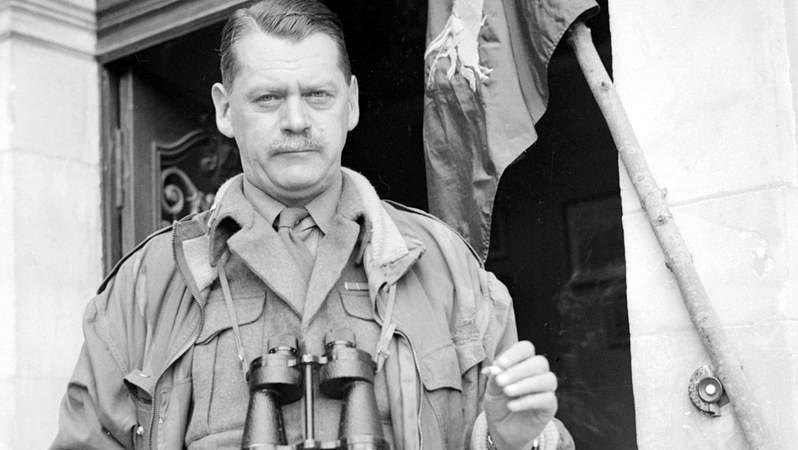
General Gale was describes as a ‘soldier’s general and a gifted trainer of troops’, Gale inspired his men to live up to the motto of the division ‘Go to it!’
The Airlanding Brigade was a much more powerful formation than a parachute brigade. Each battalion was a 1,000 strong, they brought with them in their gliders twelve 3in mortars, twelve medium machine-guns and six 6-pounder anti-tank guns. (Crookenden, 1976: 47) A parachute battalion of 600 soldiers took with it four medium machine guns and six three inch mortars, (Barber, 2002:15) all of which were dropped separately from aircraft with the paratroopers and had to be retrieved upon landing.
It was one of the great strengths of 6th Airborne that the division was blessed with such a high level of competence amongst its senior officers in key positions. During the ten months of training from April 1943 the leadership of General Gale and his three brigade commanders, Hill, Poett and Kindersley set a tradition of disciplined willingness to take on any task. The battalion commanders were experienced combat soldiers, some of whom, notably Geoffrey Pine-Coffin (commanding 7th Battalion) and Alistair Pearson (8th Battalion) had served with 1st Parachute Brigade in North Africa and Sicily. Pearson in particular was a formidable soldier who went on to become the most decorated officer in the British Army during the Second World War.
The policy of converting whole battalions to the airborne role paid dividends among the lower ranks. Those who passed the rigorous physical tests provided a nucleus of hardened regular Warrant Officers, NCOs and soldiers with a wealth of professional skill. They were led by well motivated company commanders and junior officers. According to Lt Colonel Pine-Coffin ‘Even the most unobservant could not fail to notice that he was part of a division which was growing rapidly and, at the same time, was one that was going to live up to its motto.!’ (Maddox, 2003: 8)
Watch this space for further chapters!
I intend to publish my entire dissertation on the 6th Airborne division over the coming weeks and months. If you find it interesting, please feel free to link to it. If any readers have any views or additional information, I would be very interested in receiving them so the comment section is open. I look forward to hearing from you.
The next chapter on The Arms and Equipment of British Airborne Forces will be published on January 25th 2020.
Malcolm Cough
D Day Tours of Normandy


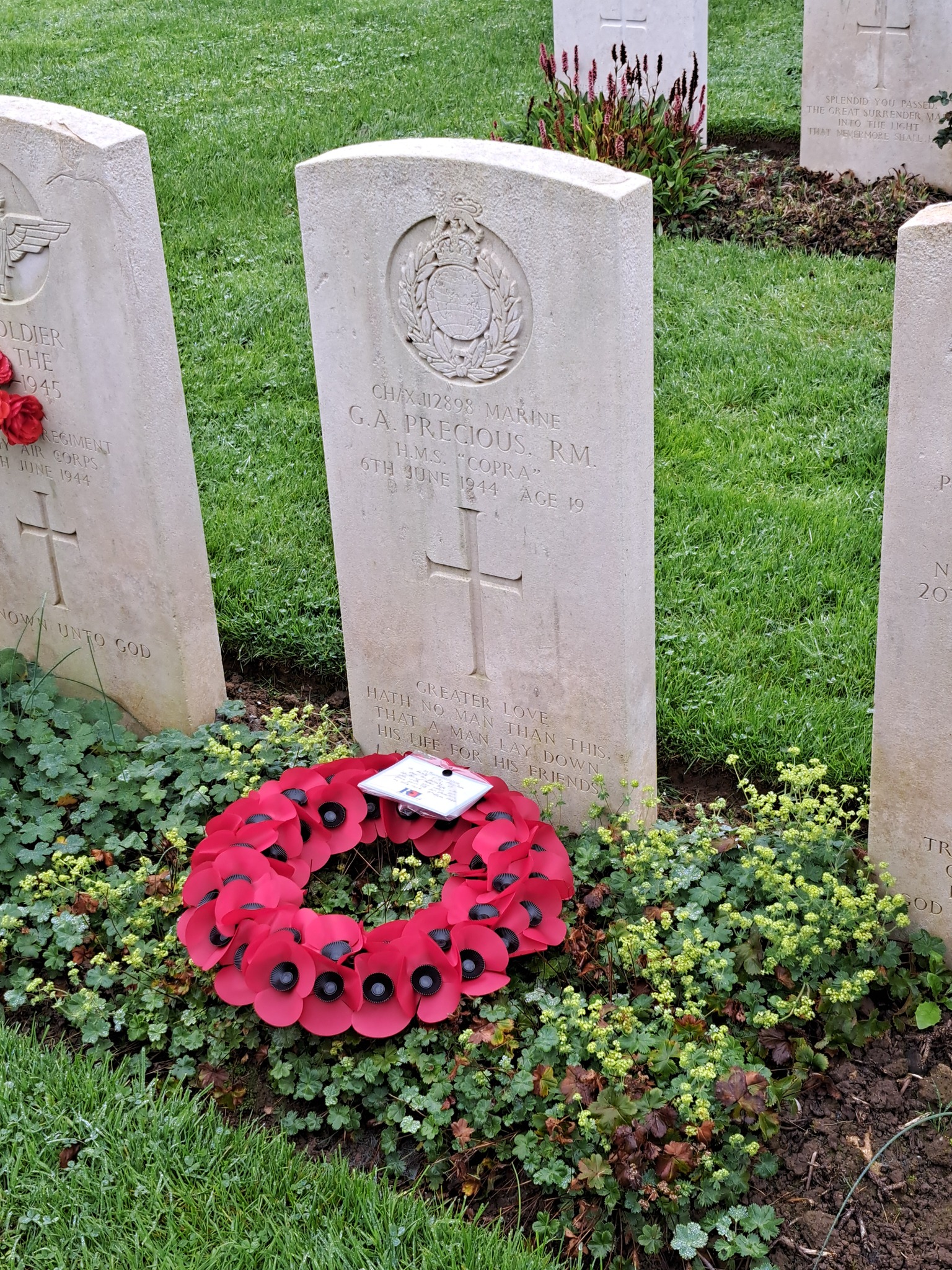
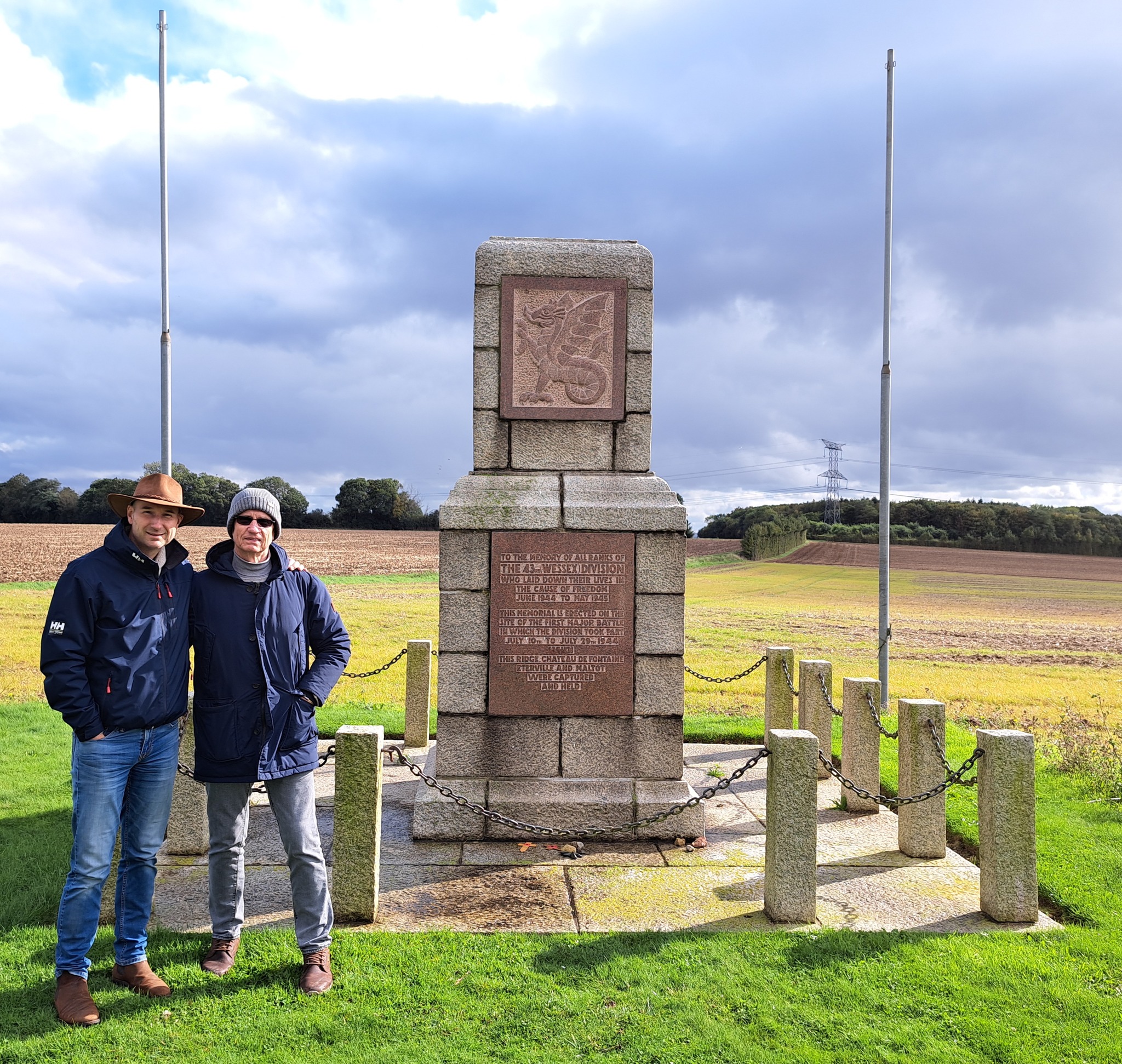
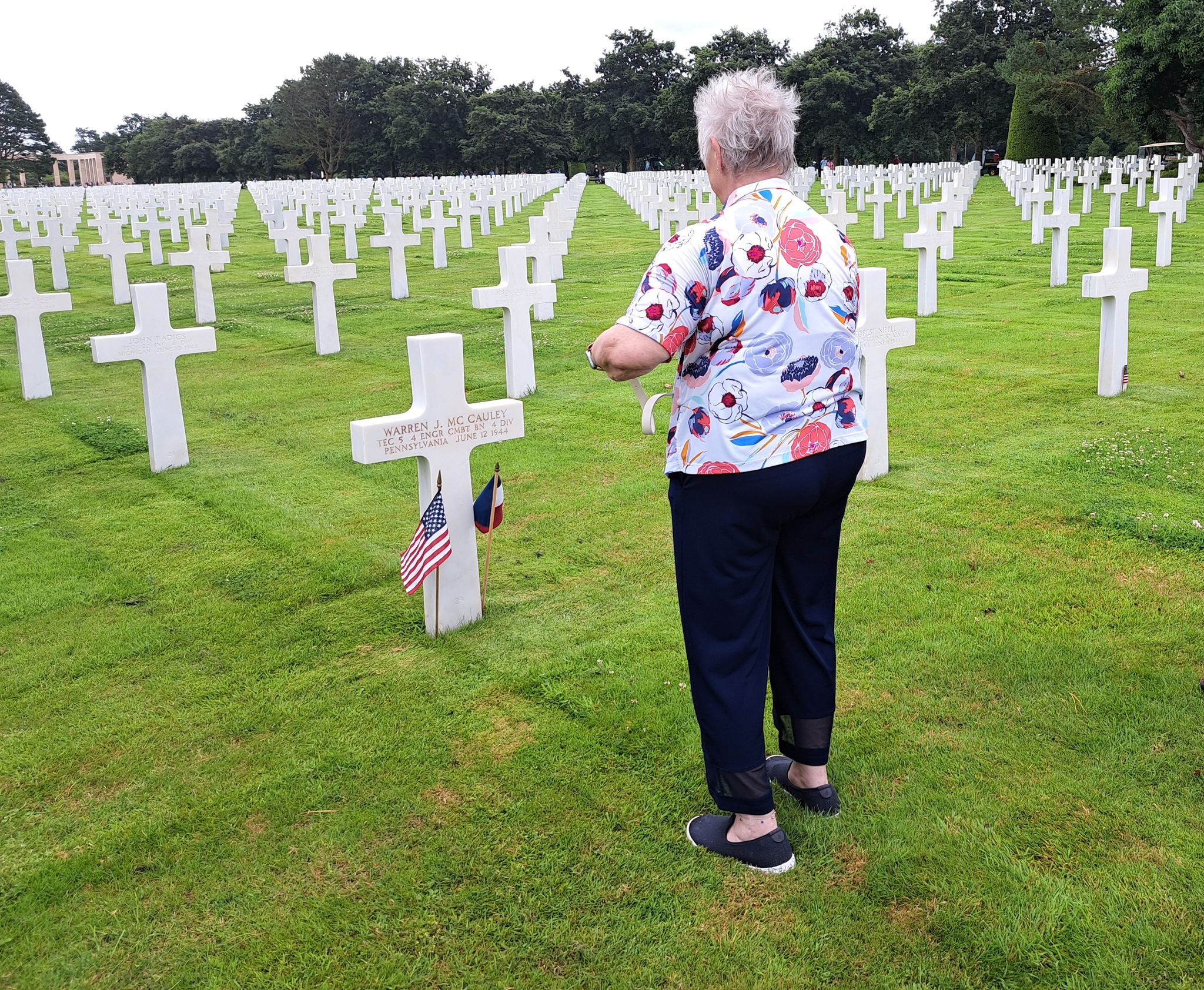
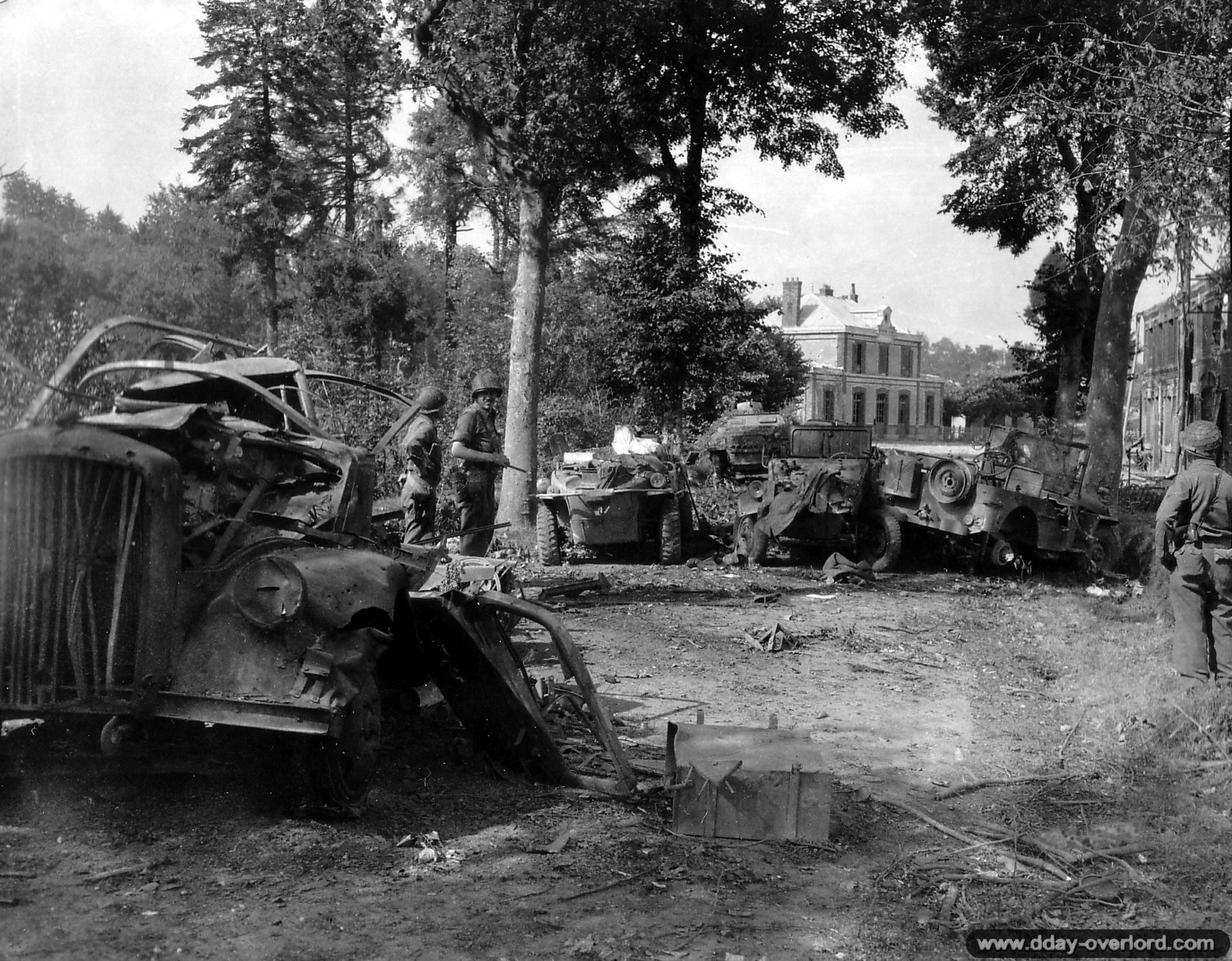
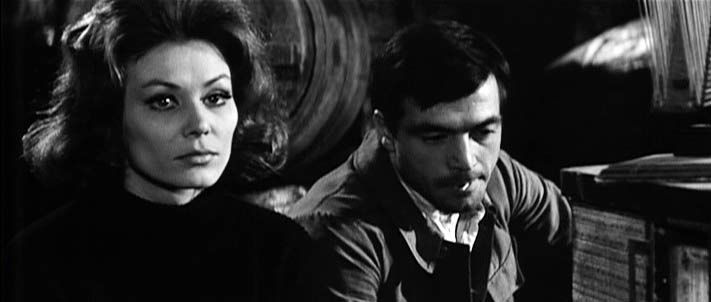
Leave A Comment